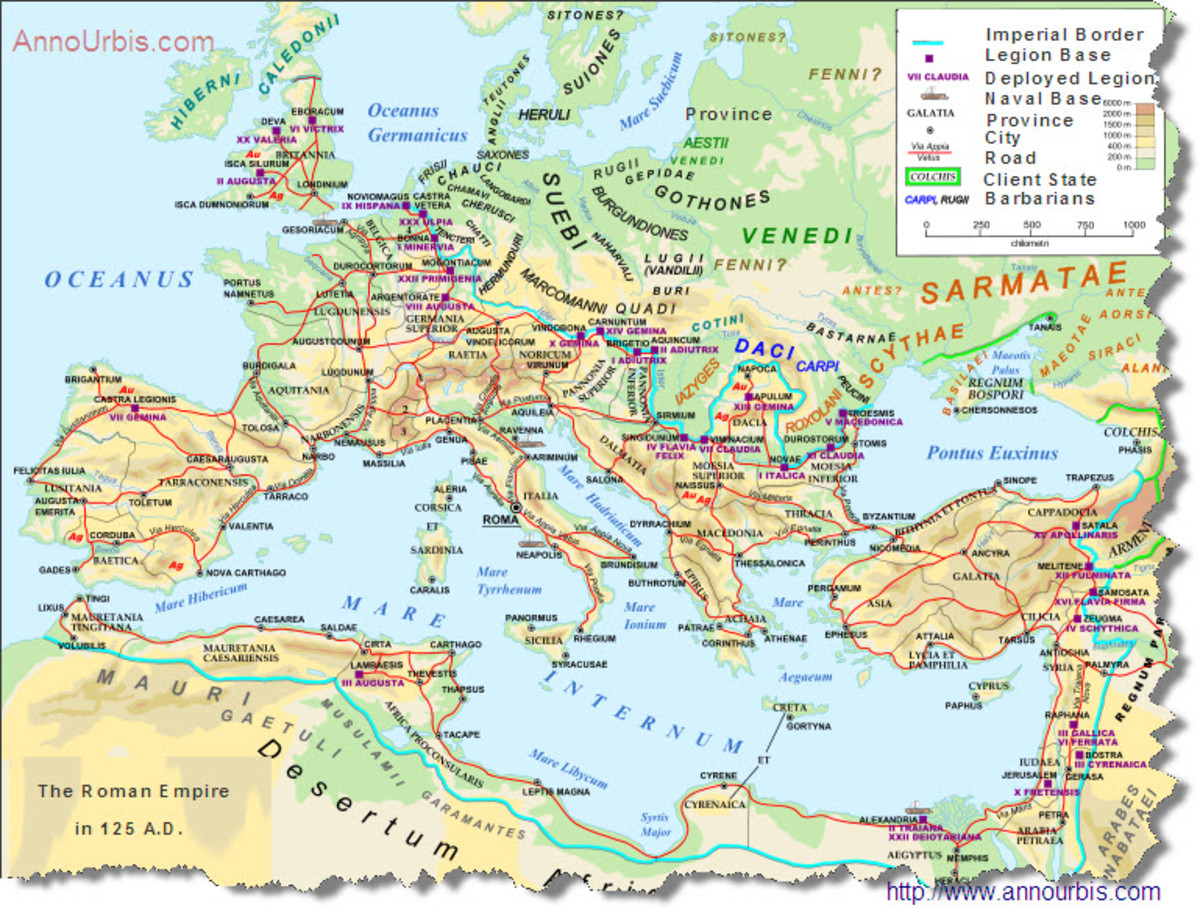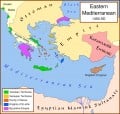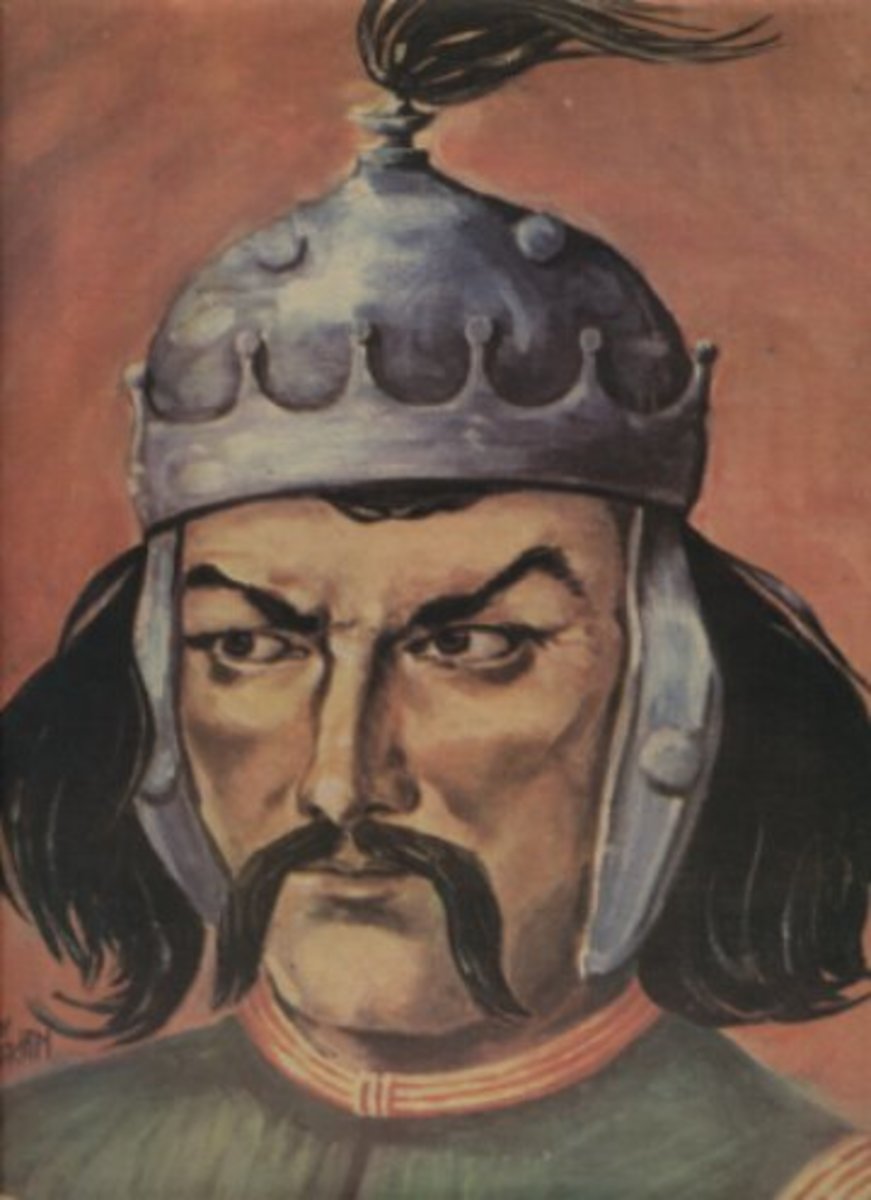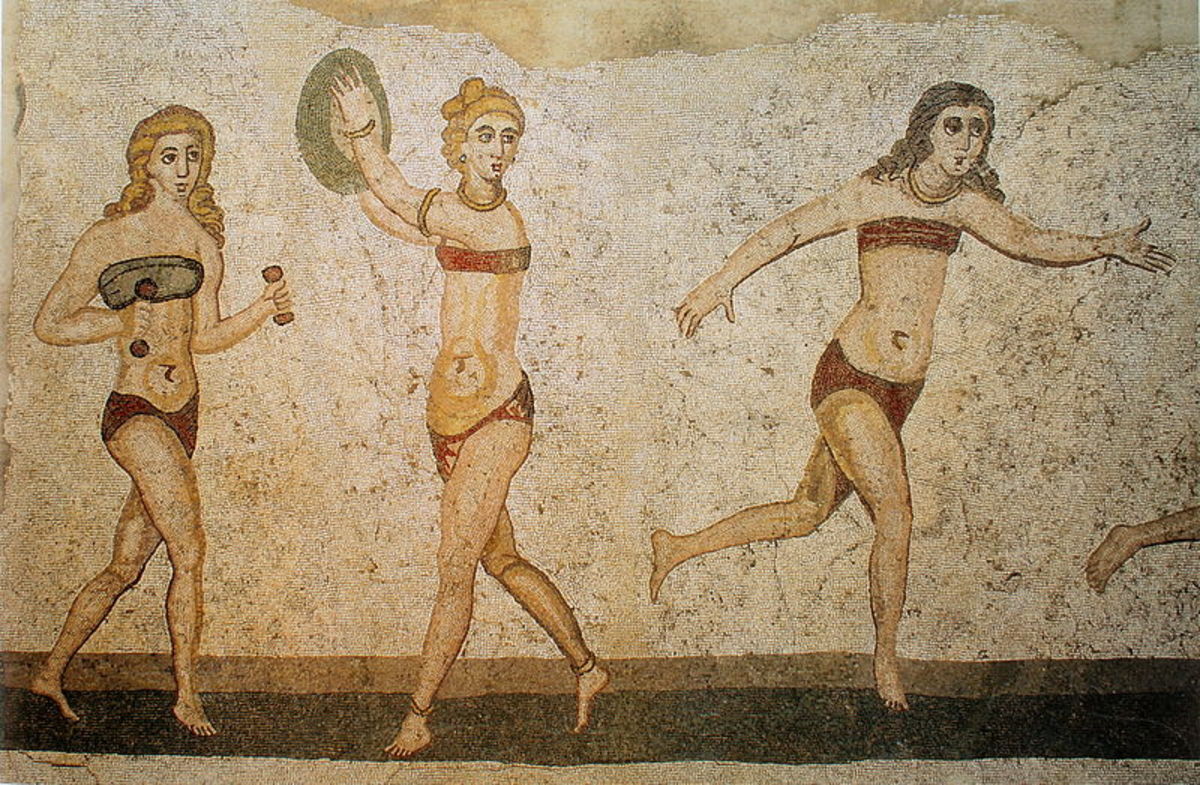- HubPages»
- Education and Science»
- History & Archaeology»
- Ancient History
Some Facts About The Roman Empire
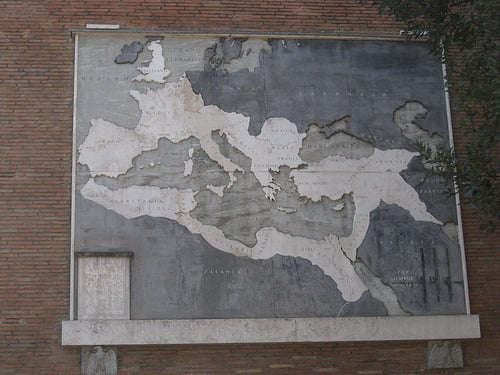
According to legend, Rome was a settlement of a mixture of native Latins and the survivors of the Trojan War who were brought to Italy in the 12th century. On a date corresponding to April 21, 753BC, the city of Rome was founded at the place where it stands today. Since then Rome underwent some drastic changes and the whole Roman civilization kept evolving with the changing times.
Romans were very creative and aesthetic which is evident from their exotic architectural designs. They appreciated beauty but at the same time took interest in some of the ugliest bloody fights in the name of entertainment.
This write-up talks about some of the events that were the major highlight of the Roman Empire.
Present Nation Which Were In The Roman Empire
Some principle modern day nations that were once a part of the huge Roman Empire are Italy, Portugal, Greece, Spain, UK, France, Belgium, Netherlands, Germany, Switzerland, Austria, Hungary, Croatia, Solvenia, Romania, Turkey Bulgaria, Jordan, Lebanon, Palestine, Egypt, Algeria and Morocco.
Other present day countries, which only saw some form of Roman occupation, are Czech Republic, Solvakia, Georgia, Azerbaijan and Sudan.
The Famous Hippodrome
The Hippodrome was an ancient Roman design to hold horse and chariot racing. The most famous was Circus Maximus, which is 600 metres long and 200 metres wide. It could hold up to 250,000 people (1/4 the population of Rome). Chariots were pulled by 2 - 4 horses, and were driven seven times around the ring at an alarmingly fast pace. This race was highly risky and great skill was needed to participate in this race.
Famous Romans
- Romans
The history of the Roman Empire is full of great emperors, warriors and artists who are still remembered and respected today.
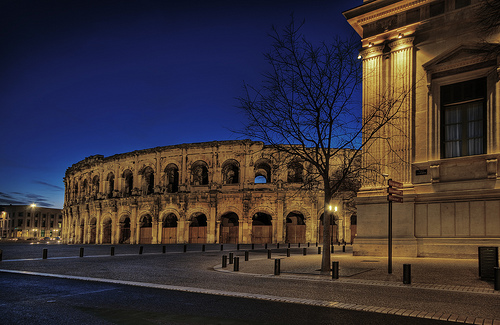
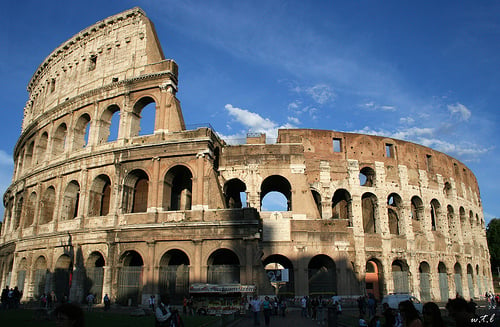
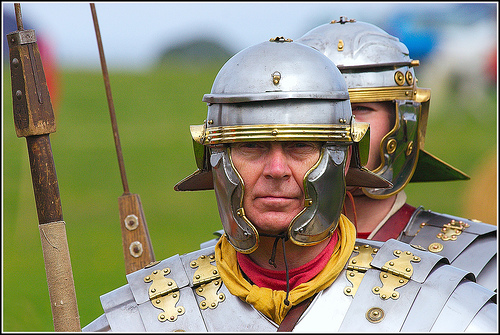
Roman Architecture
Roman architecture is still known for it's unique and novel designs and arches. It has given birth to several new designs that are a part of architecture even today. Roman architecture, sculpture and literature were strongly influenced by Greek models. However, the Roman buildings were large and ornate with an exclusive touch of their own. Another thing that separated Roman architecture from Greek architecture was the use of the semi-circular arches to form vaults and domes.
Aqueducts were the main advantage of these arches. They helped Romans to channel the water from the hillside to a container. They contained pipes lined with cement, on the top of the arches, which carried the water. Smaller architectural works included triumphal arches, pillars of victory and fountains. Arches and pillars were built to pay tribute to the great achievements of emperors and generals.
The Romans built hundreds of public and private fountains in their cities. Running water was one of the exotic trademark of the Romans and they simply loved it. These fountains were also built in memory of some of the distinguished people.
Roman Army
Roman army is still remembered for the adroitness of its members and their civilized way of achieving victory. There were three main reasons for this: discipline, hard and efficient training, and speed at which they learnt new tactics.
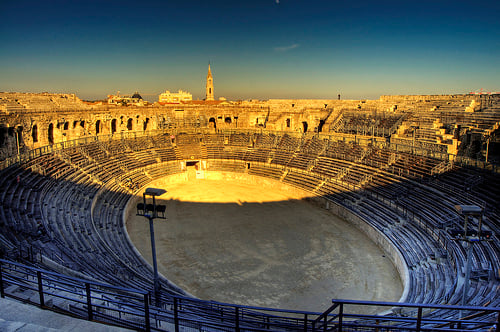
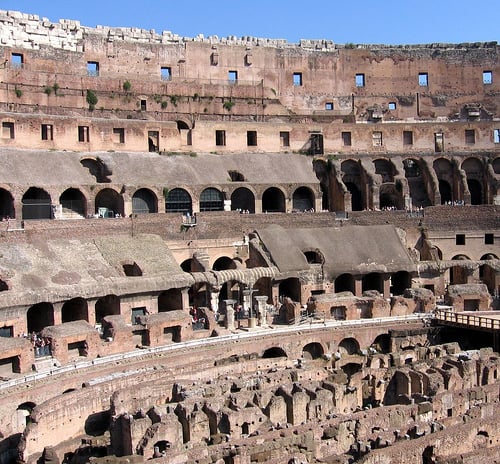
Roman Roads
Roads were very important to the Roman Empire and they had a great ability to build roads. They were the first to build roads on the foundation basis. The roads were paved and they had ditches on either side so water could run off.
Roman Amphitheatre
Ruins of the Roman amphitheatre could be found all over the Empire, as it was the centre of entertainment in Rome, and all over the Roman Empire. The largest amphitheatre in the empire was the Colosseum having a capacity of around 50,000 people.
The amphitheatre was the place where people went to watch fights between slaves, prisoners of war and sometimes wild animals. These bloody and gory fights were so popular that special training would be given to ordinary men to became trained and professional fighters called Gladiator.
The Gladiator Culture
The gladiators were armed with daggers, swords, forks and nets and they fought with slaves and criminals who were often not armed, or armed only with the net. The fight would go on and on endlessly unless one participant lost his life. If a man was wounded, he would throw down his shield, and raise the index finger of his left hand. This was a plea for mercy, from the crowd. The crowd would then decide whether he should live or die.
The Famous Julius Caesar
Julius Caesar was probably the most popular figure in the whole Roman Empire. His determination and strong will power was envied by many people and that kept him out of consulship. He finally became consul in 59 BC. At the time of his birth, Rome was still a republic and was gradually taking shape of an empire. The senators who ruled were motivated by the greed of power in the hope of becoming either a consul or a praetor, the two senior posts which carried imperium, the legal right to command an army!
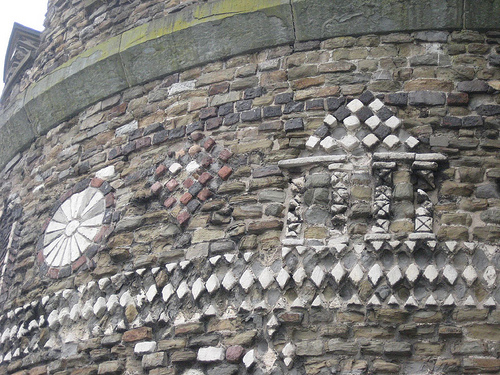
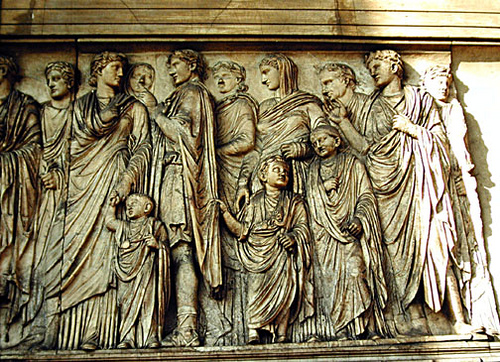
Julius Caesar refused the title of ‘Rex" (King) even though he has concentrated the power in his hands. Rather he made beneficial use of his power for the common welfare.
Roman Art
Roman Art is a style of artistic expression that flourished in Italy from about 200 B.C into the 4th century A.D. Quality wise it is considered a step lower than the Greek Art but was more diversified and progressive.
The influence of Greece on Roman Art was imminent because thousands of plundered statutes and paintings were shipped to Italy after the conquest of Greece. The beauty of the Greek painting provided inspiration to the budding Roman artists and finally they etched out pieces of art that although had a striking resemblance to Greek art were unique in its subject and outlook.
Roman Theatre
The theatre plays in Rome in the early days were very different from the plays of today. Theatre was very important in the lives of the Romans. It was another way of keeping people busy, and happy so they would not plot against the emperor.
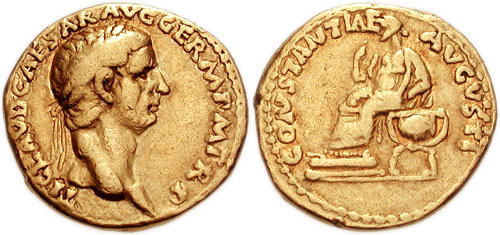
The actors spoke the lines, but a second actor mimed the gestures to fit the lines, along with background music. Emperors such as Nero used the theatre as a way of showing their own talents. Nero actually used to sing and would not let anyone leave until he was finished!
The Five Good Emperors
The election of Nerva (96-98 A.D) as Emperor by the senate ushered in the era of "the five good emperors". He adopted Trajan as his son and gave him the power in 98AD, which lasted till 117AD. Hadrian, who was Trajan's adopted son, succeeded him in 117AD and continued to reign till 138AD. Then Antonio, the adopted son of Hadrian took over in 138 and gave the supreme authority of the empire to his adopted son in 161 and the reign of these five emperors came to an end in 180.
Some Well Known Emperors
Other well known emperors of the Roman Empire were: Augustus (27BC to 14AD), Claudius (41 to 54),Claudius II (268-70), Julian (361-63), Maximinus (308-24) and Leo (457-74).


